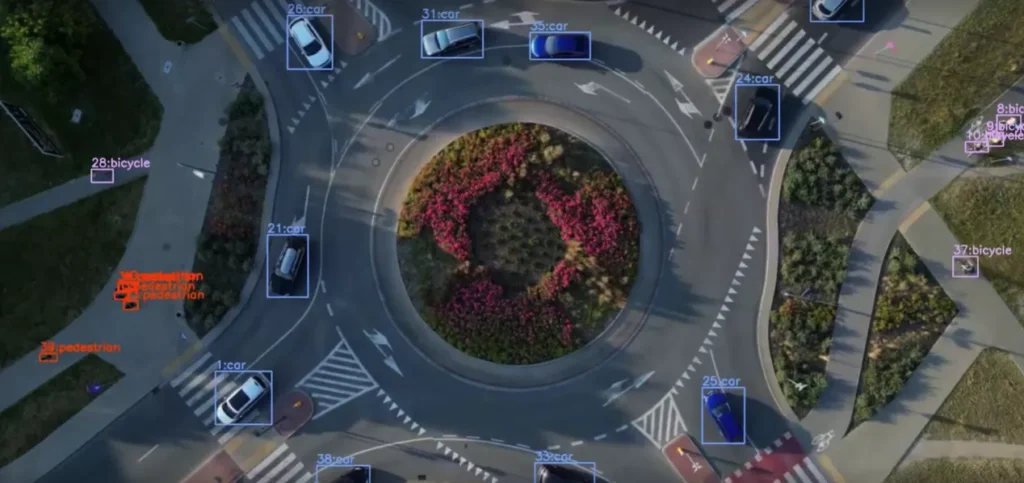
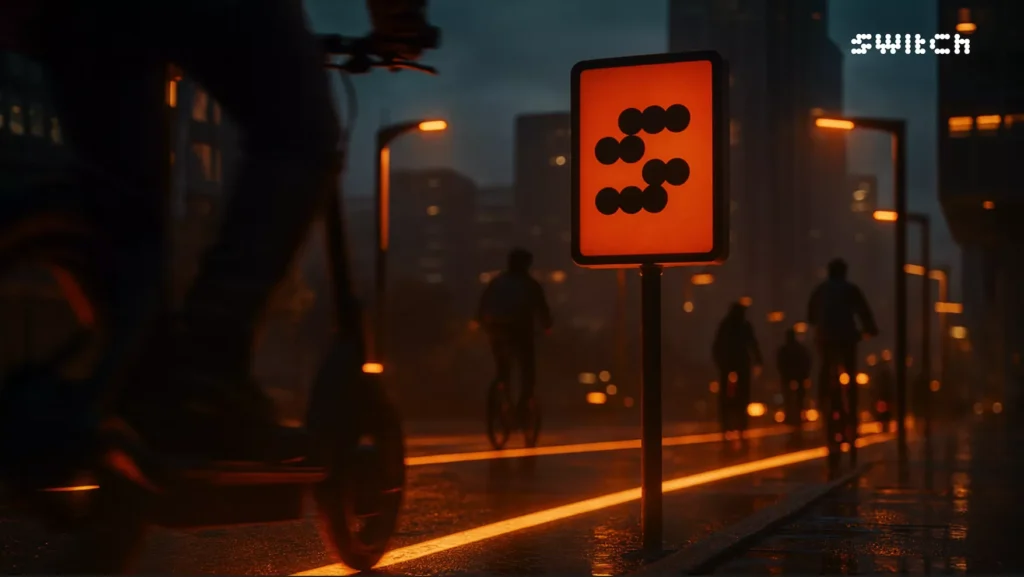
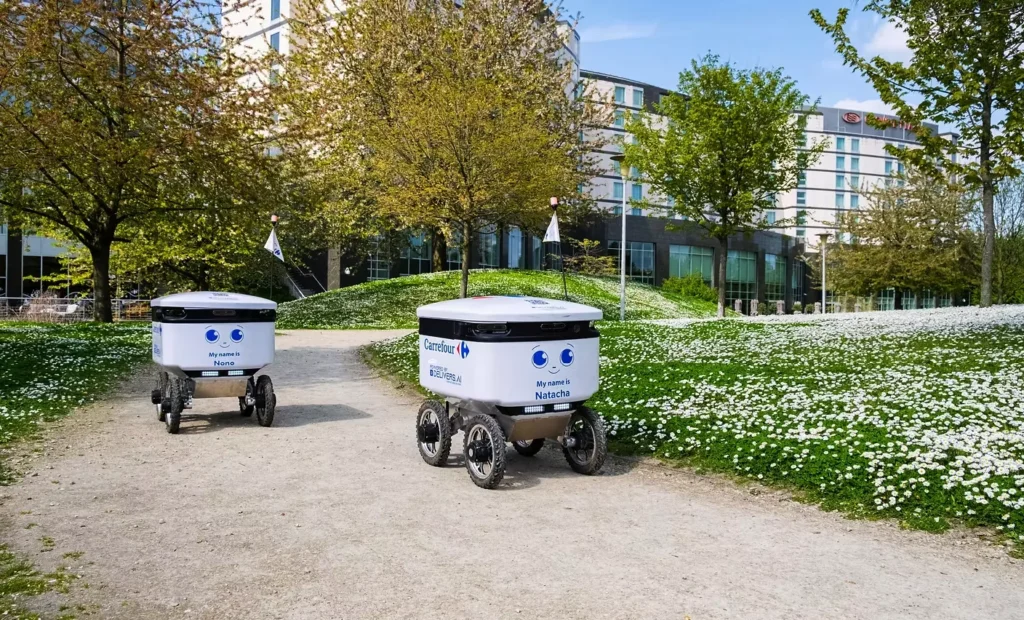
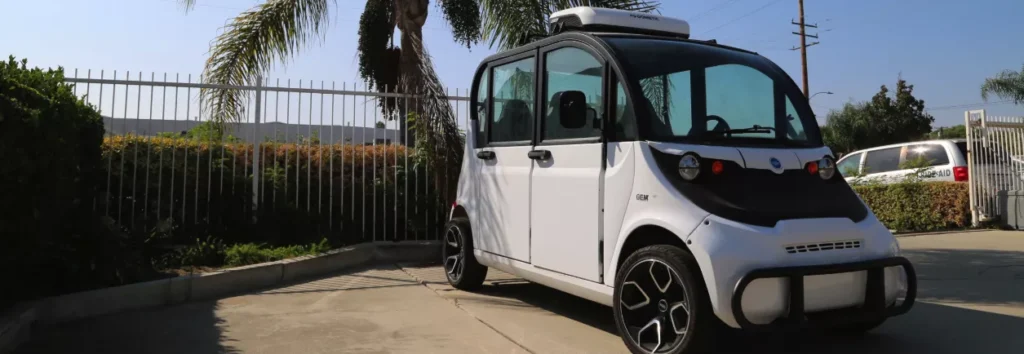
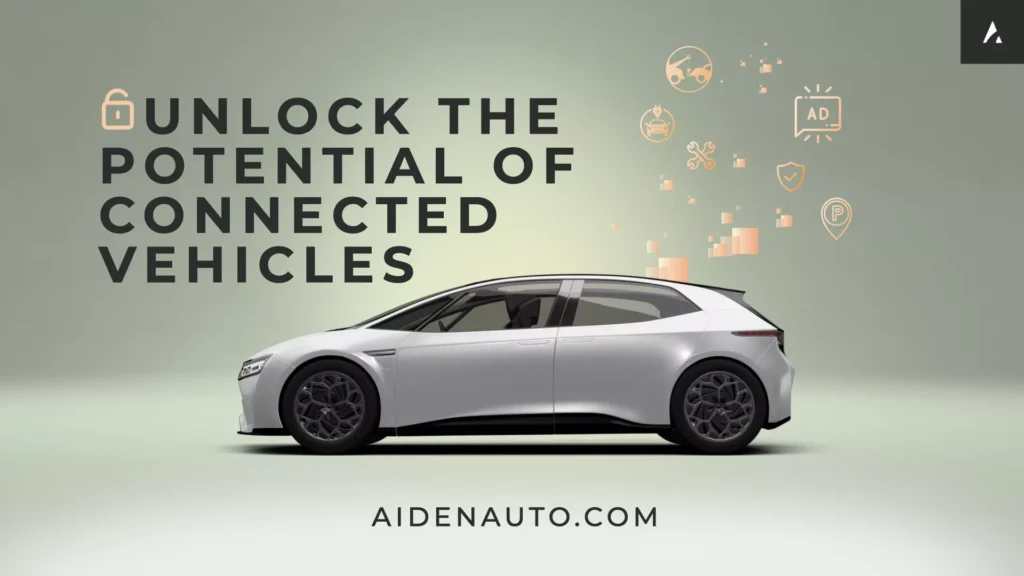





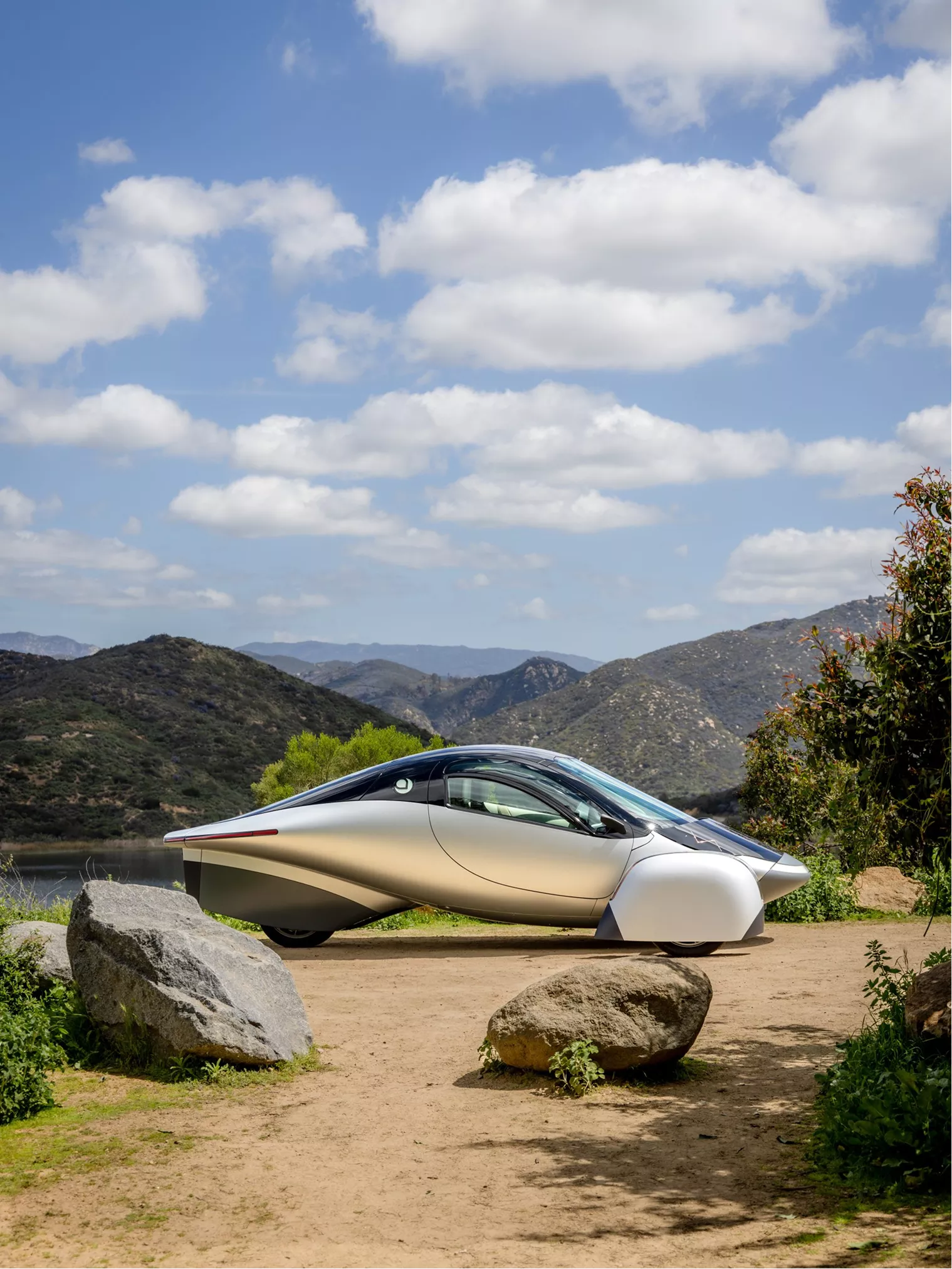
From EVs and batteries to autonomous vehicles and urban transport, we cover what actually matters. Delivered to your inbox weekly.
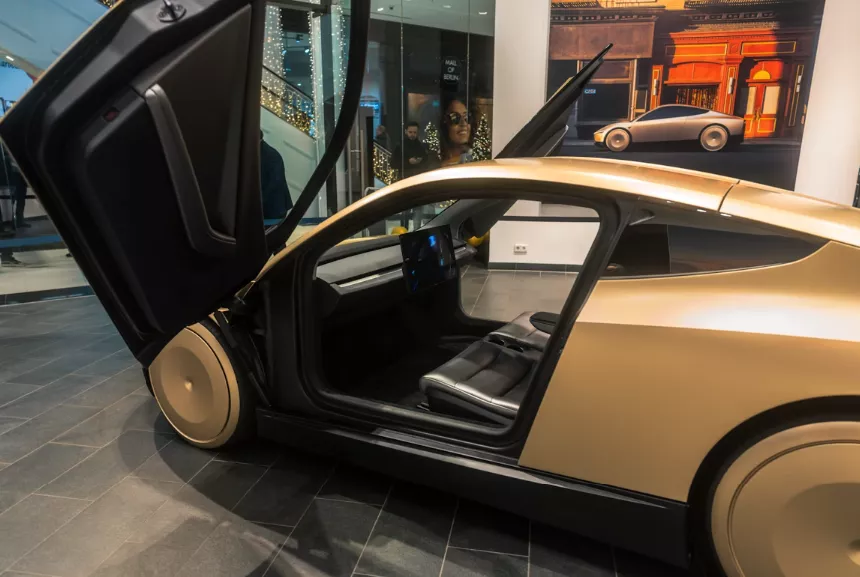
Tesla is testing its robotaxi platform in Austin — but the results show the system isn’t ready for prime time yet.
While many rides run smoothly, human safety drivers are still stepping in regularly. And when the cars go off-script, problems show up fast.
The trials are happening in a geofenced zone around Tesla’s Gigafactory in Austin — about six miles by four miles. Even within this limited area, reviewers have flagged key issues:
These are basic tasks. The fact that they still trip up the system shows how far there is to go. But this is in no way, shape, or form a jab at Tesla or an attempt to discredit this success.
There’s an incredible amount of positive reviews. Some say they had the “smoothest ride ever” while others compare it to Waymo’s driverless service — and it’s clear on which side the people’s vote lies.
Tesla’s robotaxis handle routine conditions fairly well, but they’re not yet capable of dealing with the messy, unpredictable reality of public roads.
The system struggles when it encounters:
This confirms what many AV experts have warned about: handling edge cases is the true test of autonomy. It’s a 100% chance we’ll see incredible improvements in Tesla’s robotaxis by the end of the year, but for now — some issues are a bit hard to overlook.
For a great number of drivers, including myself, security is #1 priority. And if the robotaxi struggles when some drivers engage in unexpected road behavior, this could prove to be a safety issue. But we mustn’t treat this as the final, polished product — rather a beta version.
Unlike most rivals, Tesla has built its system around cameras and neural networks—no LiDAR, no radar.
The company believes this vision-only approach will scale faster using fleet data and AI. But critics argue it leaves too much room for error, especially in low-visibility conditions or unexpected scenarios.
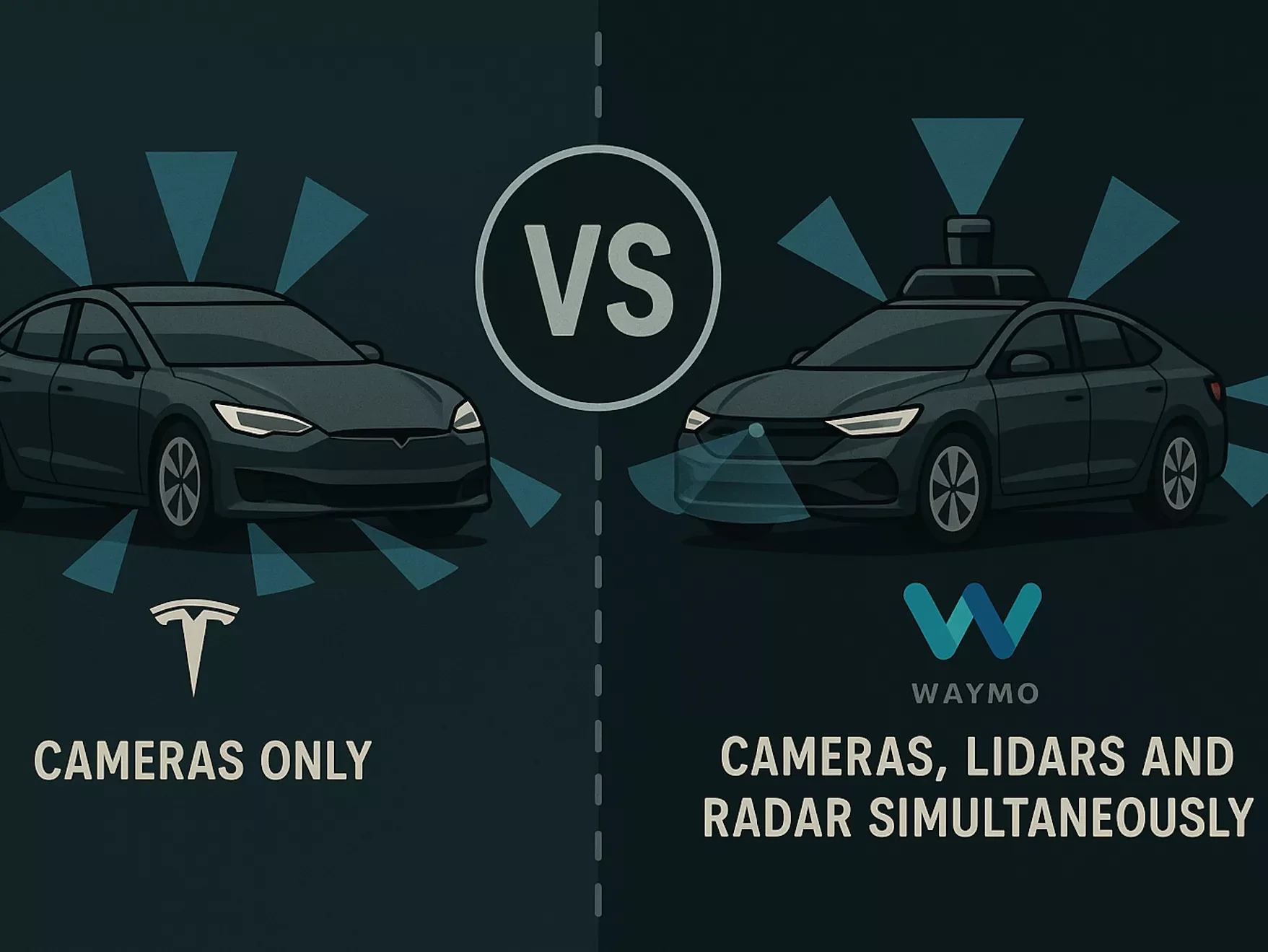
This Austin trial is the first time we’re seeing how Tesla’s approach holds up in real-world settings.
And so far, the results are mixed.
Tesla plans to officially unveil its robotaxi product in August. But these early tests show that the platform still needs work before it can operate without supervision, even in controlled zones.
For now, human drivers remain essential. And unless Tesla can rapidly improve performance, it may face pressure to rethink its sensor strategy.
The stakes are high. If the robotaxi push stalls, it could delay Tesla’s broader autonomy roadmap and reopen debates about how safe a vision-only system can ever be.